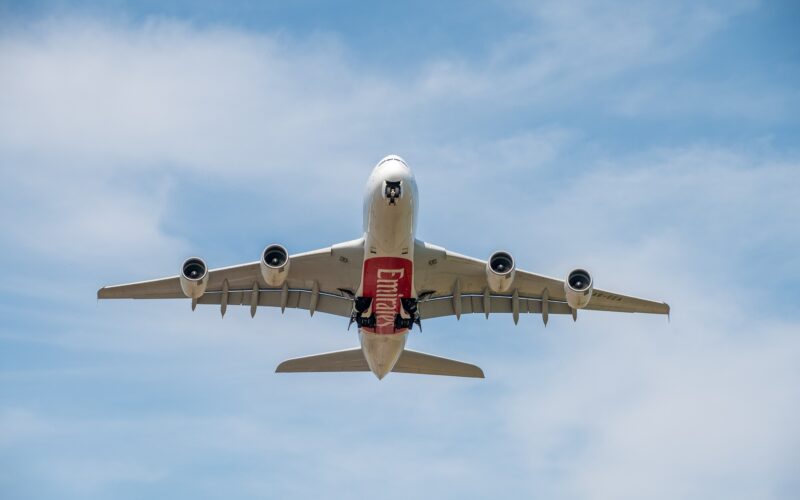Airlines operating older Airbus A380 aircraft have been reporting the development of wing spur cracks. This has delayed the return to service process for these jets, due to the time it takes to complete inspections and subsequent maintenance.
According to Aviation Week, Airbus has sent 60 engineers to Dubai, United Arab Emirates (UAE) to help Emirates in returning some of its older Airbus A380 aircraft to service. “Airbus is fixing everything. We have to get the spars reworked in various areas,” Tim Clark, the President of Emirates, told the publication. Clark subsequently added that the situation has “inhibited” the airline and due to the situation at hand, the European Union Aviation Safety Agency (EASA) has become involved.
“It is not a safety issue at the moment – we are nowhere near that. But we will have to have a regular inspection program going forward,” Clark continued.
Airworthiness directive to fix A380s’ wing spar cracks
While the issue has been flagged before, EASA was once again required to address it in a recent Airworthiness Directive (AD).
The European regulator issued the AD for the Airbus A380 on August 31, 2022. It revised a previous directive from August 23, 2022, which superseded another instruction from January 31, 2022. EASA pointed out three areas that were affected on both sides of the aircraft, specifically the wing outer rear spar (ORS) top and bottom flanges between ribs 33 and 49, wing outer inner front spar (OIFS) top and bottom flanges between ribs 8 and 14, and the wing outer front spar (OFS) top and bottom flanges between ribs 38 and 49.
The issue with the ORS had applied to ‘aeroplanes in pre-modification (pre-mod) 77989 configuration, all MSN [Manufacturer Serial Number – ed. note] up to 270 inclusive’, per EASA, while the problem with the OFS has been also only applicable to aircraft in the pre-mod 77990 configuration, ‘all MSN up to 270 inclusive’.
Previously, EASA had to adjust the threshold of wing inspections to 15 years, resulting in an AD in September 2019. ‘Since that AD was issued, it has been determined that additional areas may be affected by the same unsafe condition, and that all MSN must be inspected’, read the regulator’s latest directive on the issue from August 2022. The AD from September 2019 was only applicable to the ORS.
‘Since that AD was issued, recent inspection results have indicated the need to reduce the threshold for ORS inspection from 15 years (180 months) to 12.5 years (150 months),’ continued EASA at the time, indicating that the threshold could see further changes ‘upon completion of the currently ongoing analysis’.
Per the same Aviation Week report, Pierre Henri Brousse, head of the Airbus A380 program at the plane maker, indicated that thus far no aircraft that are younger than 12.5 years had been affected by the cracks and therefore no change to the threshold would be required.
Returning A380s
Despite the pandemic apparently ending the Airbus A380’s career even more prematurely than expected, the recent recovery in travel demand, especially during the summer, has turned that narrative on its head.
While Emirates, the largest operator of the double-decker aircraft, stuck to its guns and continued to operate with it throughout the peak of restrictions, other airlines were quick to rid their fleets of the gas-guzzling jet. The gas bill was not the only issue with the aircraft, though. The immense capacity needed to fill its cabin was also a problem at a time when few people wanted to fly. Now, however, many airlines are bringing in more and more A380s, deploying them on their most popular routes.
Of the 234 Airbus A380s that were operational by the end of 2019, only 130 are currently in service as of early December 2022, per Max Kingsley-Jones, a Senior Consultant at Ascend by Cirium. However, carriers including Lufthansa or Etihad, which had eliminated them from their fleet completely, have either begun re-activating them or else have indicated that they will do so in the near future, Etihad announced on December 9, 2022, that it will bring back four A380s to fly between Abu Dhabi International Airport (AUH) and London Heathrow Airport (LHR) from summer 2023.

